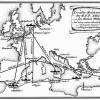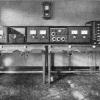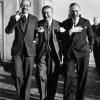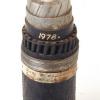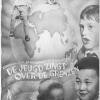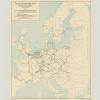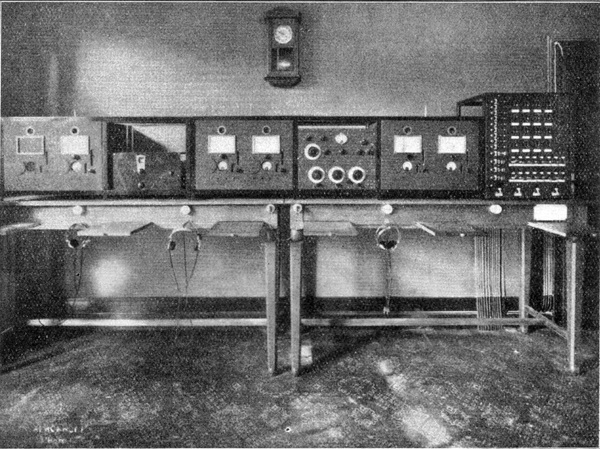Who owns the airwaves?
The problem of electrical interference in the European ether raised the question of who owned the airwaves.
Most European governments refused to get involved in broadcasting because of the cultural and political complications that might ensue. Furthermore, most international organizations that actively worked to reconstruct Europe after the First World War considered broadcasting to be an unsuitable medium for advancing the cause of understanding between peoples.
In 1925, European broadcasting organizations took matters in their own hands. They established the International Broadcasting Union (IBU) in Geneva, which was the base for many other international organizations, including the International Telegraph Union (now the International Telecommunication Union, part of the United Nations), which was formally responsible for regulating wireless communications. The IBU was a non-governmental organization in which broadcasting experts created recommendations to serve as guidelines for ruling the airwaves.
Technological interference was at the top of their agenda. In 1926, broadcasting engineers created the first international frequency plan – known as the Geneva Plan – to sort out the chaos. In 1927, the IBU established a monitoring station in Brussels to measure the adherence to international frequency plans with the help of frequency meters. The IBU sent the reports of the technical center to all its members and national Post, Telephone, and Telegraph authorities (PTTs), showing which stations adhered to the frequency plans and which ones did not. These reports had no formal power, but they named and shamed violators, which served as a means of soft regulation and helped increase the technical quality of broadcasting considerably.
Over the years, the International Telegraph Union gave these IBU activities a formal character, integrating them into governmentally agreed international frequency plans.
 Previous Story
Next Story
Previous Story
Next Story
How to cite this page
Suzanne Lommers, 'Who owns the airwaves?', Inventing Europe, http://www.inventingeurope.eu/story/who-owns-the-airwaves
Sources
- Fickers, Andreas. “In Search of the ‘Greenwich of the Air’: Techno-Political Diplomacy in European Frequency Allocation and Control (1925-1952).” History and Technology (forthcoming).
- Lommers, Suzanne. Europe - On Air : Interwar Projects for Radio Broadcasting. Amsterdam: Amsterdam University Press, 2012.
- Wormbs, Nina. “Technology-Dependent Commons: The Example of Frequency Spectrum for Broadcasting in Europe in the 1920s.” International Journal of the Commons 5, no. 1 (2011): 92–109.





